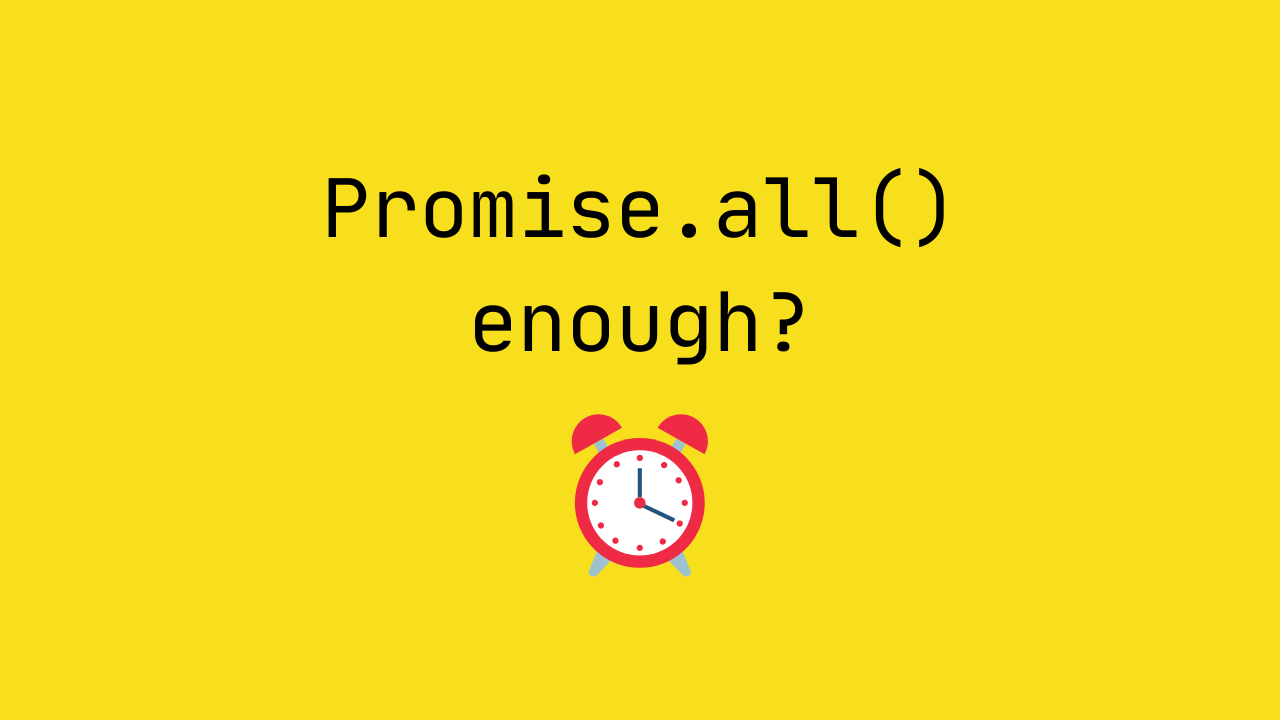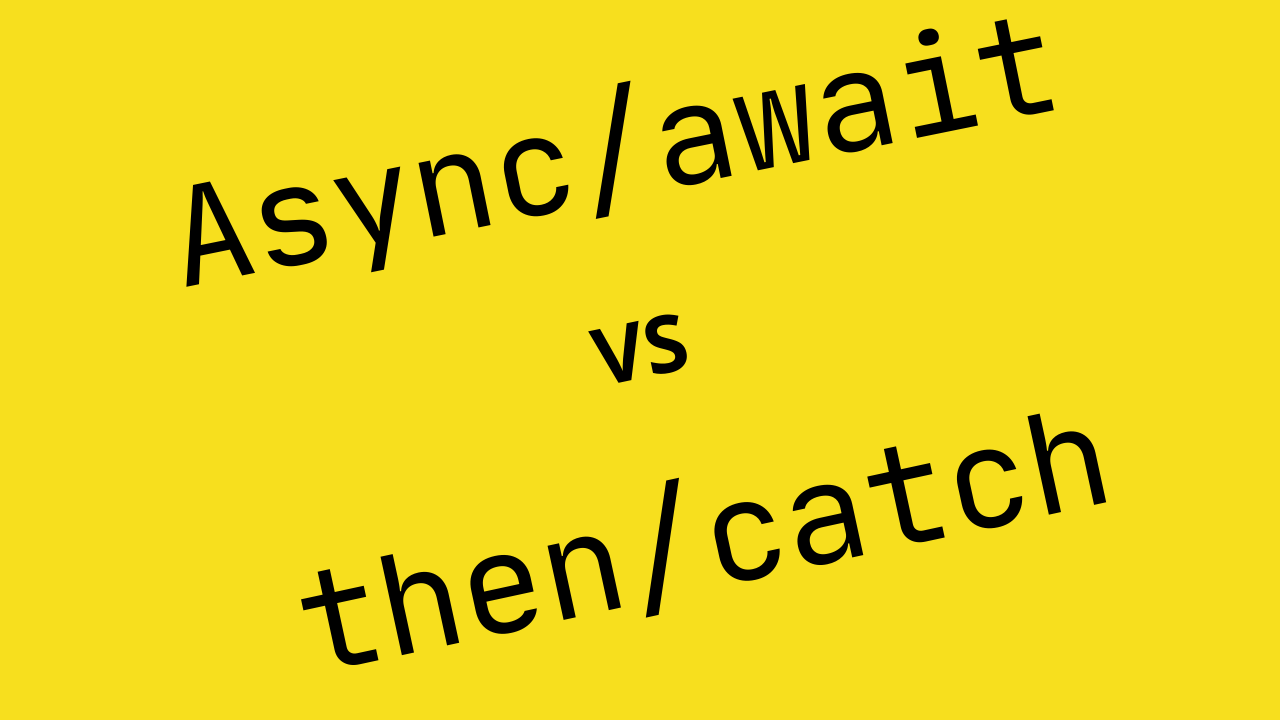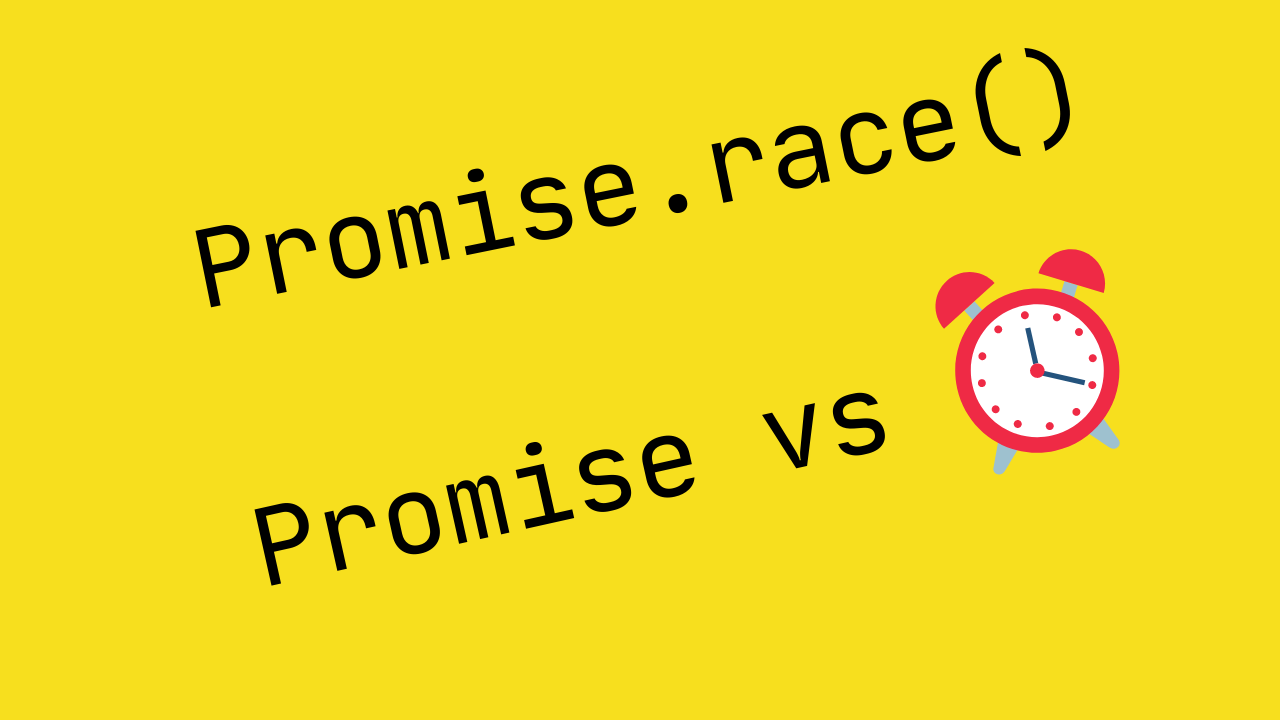Search Line Under Cursor in Neovim Using Telescope
Searching for the Line Under Cursor in Neovim Using Telescope In this post, we’ll explore how to leverage Telescope to search for the line under the cursor. This can be particularly useful when you want to quickly find occurrences of a specific line across your project. Prerequisites Before we begin, ensure you have Neovim and the Telescope plugin installed. If you haven’t installed Telescope yet, you can add it to your Neovim configuration as follows:...



